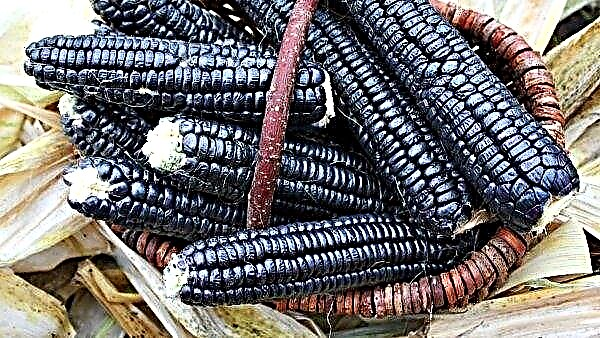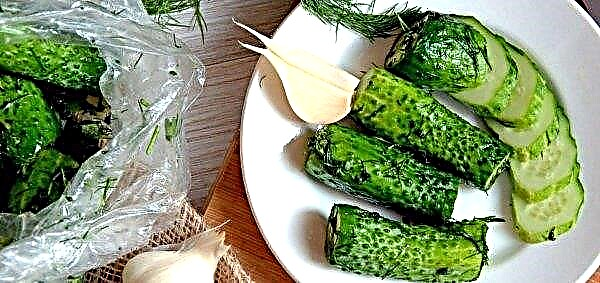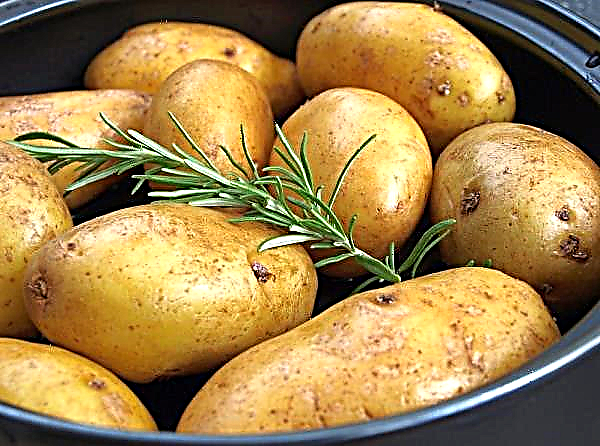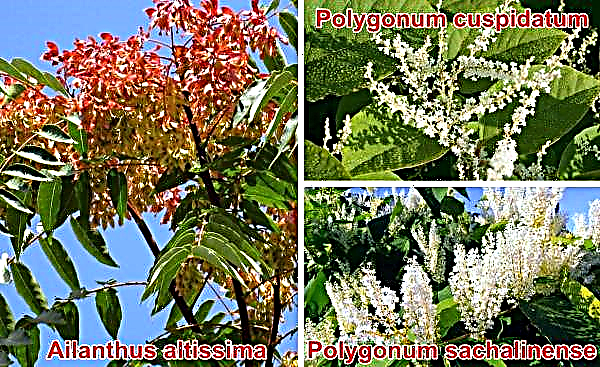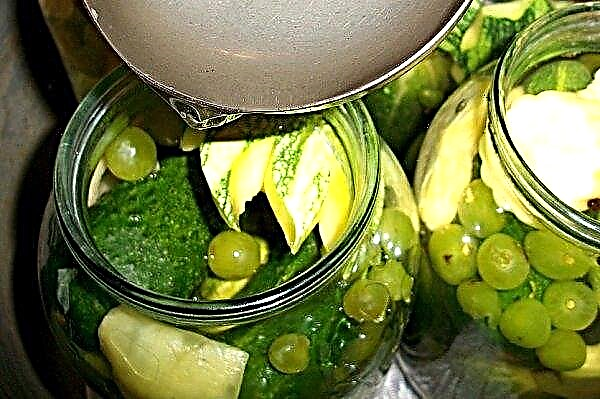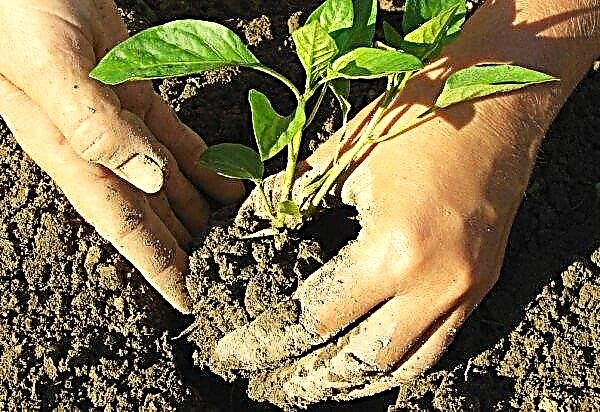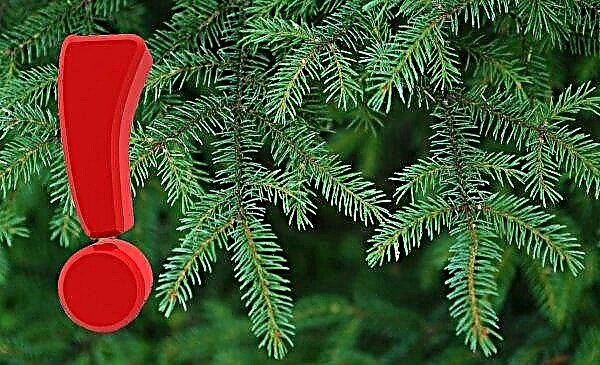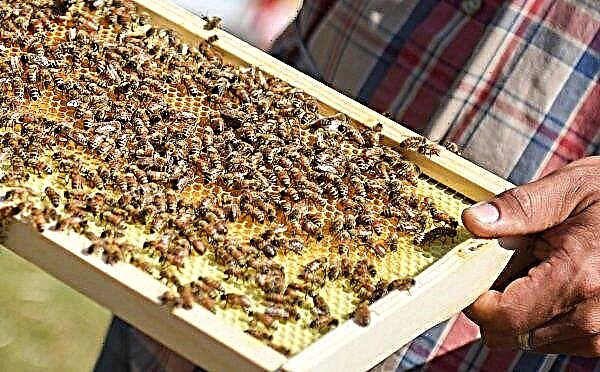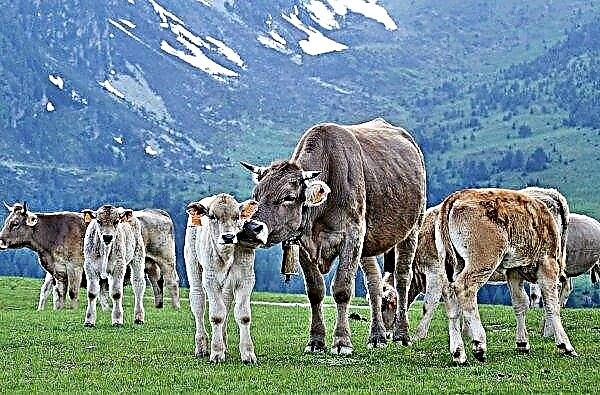For the farm “Plamida” (Zaporizhzhya region) winter wheat is one of the three main crops. It occupies a third of the land.
Having tried several varieties of this culture, the farm settled on two varieties of selection of the FC Bor - Shestopalovka and Steel, said the director of the Plamida Sergey Zavgorodniy.
According to him, the main criteria for varieties are resistance to lodging and disease, drought tolerance, as well as the property of the plant to get in the spring, if it did not have time to do so in the fall.
“The steel does not scrub in the spring: what kind of crop has been planted since the fall - it will be like that, but Shestopalovka is able to get well in the spring,” the farmer shares his observations.

It is thanks to this property that varieties in the farm have formed a technology in which sunflower is sown as late as possible. This is important, since in early and medium sowing, this crop yields low yields, and after sunflower sowing Shestopalovka and get yields, depending on the amount of rainfall and dry days, at the level of 20-40 centners / ha.
Steel grade is suitable for intensive cultivation technology, and the best predecessors for it are peas and canola. Steel is also seeded in pairs and on stubble and get good results.
In 2018, there was a drought in Zaporozhye, Steel in pairs gave birth to 60 c./ha.- 70 c./ha., This year - 50-60 c./ha., And for winter wheat - 40-45 c. ./ha. Sergei Zavgorodniy does not exclude the possibility that next season Plamida will test the Shpalovka mid-early variety - an improved version of Shestopalovka.

According to the characteristics, the variety is record plastic, and the spike can change size and shape, has a powerful and mobile root system and, thanks to this, makes good use of the soil fertility potential. Seeds are recommended to be sown to a depth of 6-8 cm. Therefore, they can get moist soil and give friendly shoots.


